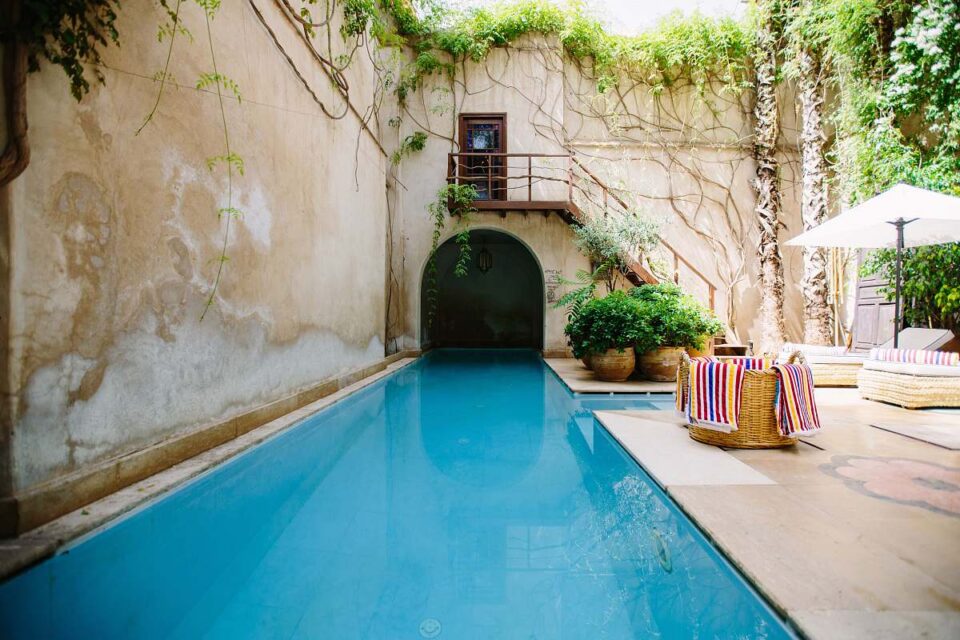What is green discoloring?
A swimming pool might be stressing when a green color replaces its blue crystal clear shade. Like a car that requires regular maintenance and servicing, a swimming pool must provide sufficient refreshment. A green swimming pull irritates from a glance, and you may not want to be seen around it. The green color results from algae build-up that finds a home at your swimming pool, providing favorable survival conditions. These conditions result from chemical imbalances, clogged pool filters, high winds, extreme weather changes, incorrect pH levels, and a dirty pool. Besides, algae can find their way into the pool through a pool toy or swimsuit blooming overnight if the water has nitrogen and phosphorous.
The procedure of clearing your swimming pool
A pool owner should strive to understand how a pool operates by studying its components. A green pool is easy to clear, even with beginners who can source information on how to clean a green swimming pool from the internet. Ensure to use reliable sources for effective outcomes with the appropriate chemicals. Below is an outline of the stages followed in maintaining a clear swimming pool.
Evaluating the situation – You should assess the rate at which algae has infested your waters to know if there is a need to drain your pool. A green color that almost resembles black is a sign of algae that requires elimination by draining the pool. However, if the algae seem to be six to eight inches below the water`s surface, they can be chemically treated without draining it.
Testing the pH levels – The healthy pH levels of a swimming pool should range around 7.5 or below. A test will help you know the levels at which you should lower the pH. There are particular kits used for testing depending on the level of acidity. Testing for pH ensures the present chemicals are balanced, preventing the water from turning cloudy after shocking.
Shocking the pool – At this stage, chlorine is added to the water in plenty, altering with the algae`s nucleus. The algae will die; hence there will be no more reproduction taking place.
Filtering – The filter helps eliminate the dead algae ensuring that you are cleaning it severally as it clears out the water. After the treatment, you should leave the filter to run for at least 24 hours after cleaning it while scrubbing the pool. The owner should repeat the process until he gets a clear pool.
Killing and Floccing – This is the last stage you target at clearing all the algae using flocculants and algaecides. Flocculants make the filtering process more manageable by collecting the dead algae together while algaecide kills the algae.
How to ensure algae does not come back.
Regular testing is an excellent way of keeping off the algae, mainly when many people use the pool or weather change. The water should always remain balanced by ensuring the pH levels are optimized using sanitizers. The water filter should always remain fit and clean for effective functioning.

